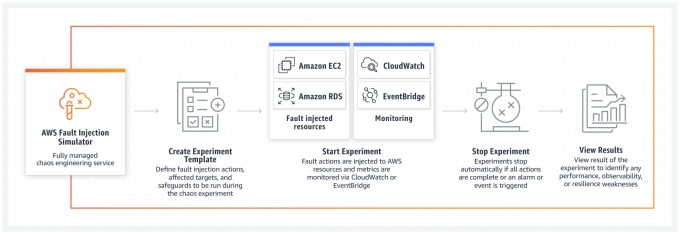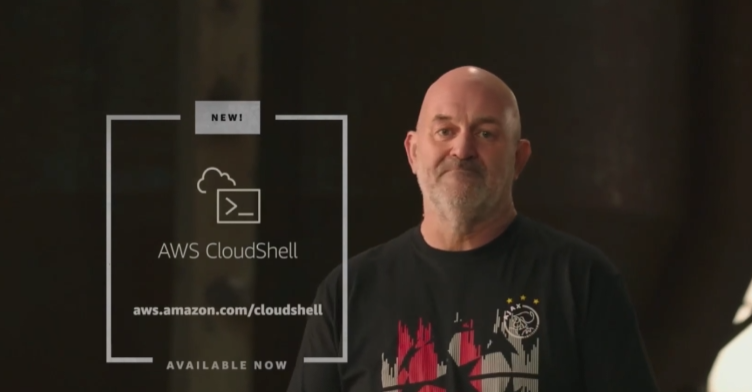Frank, a startup best known for helping college students secure and manage financial aid, is expanding into a new part of the edtech world. Namely, finding and taking online classes, with the company helping students deploy their financial aid money to open digital slots at more than 100 colleges.
As a company, Frank straddles the ground between consumer fintech, which helps regular people better manage their money, and edtech, the application of tech to the venerable business of learning. TechCrunch covered the company’s 2017-era Series A, and recently discussed the company when it raised $5 million earlier in the year.
According to its CEO, Charlie Javice, her company has grown by around a factor of three this year. And, with Javice telling TechCrunch that Frank’s new class-finding service — dubbed Classfinder — could become “a primary driver” for her startup in time, we decided to dig in a little.
Classfinder
Frank is teaming up with colleges to offer discounted classes, hoping to match its users with unfilled slots in classes that are already set to take place. And the startup will help its user base utilize financial aid to help pay for their selected classes, possibly helping folks take more credits without extra debt.
There are 125 schools offering classes on the platform today, out of a rotating cadre of over 350. The Classfinder website claims 7,520 courses up for selection as of today.
TechCrunch asked Javice if offering access to online classes was a deviation from Frank’s better-known effort to help more students get more financial assistance in their college pursuit. In the CEO’s view, Classfinder fits inside what she views as her company’s mission, namely higher-education affordability.
If Classfinder works as well as the company hopes, that could bear out, even if the new product does appear to be more an evolution of Frank’s product lineup than merely a continuation of its initial vision.
Provided the model works, it could net out to a win for all involved parties. Colleges have spare digital capacity for students, and lots of students don’t have money for school, so if Frank can help those same kids get financial aid and deploy it to discounted, accredited classes, no one loses.
TechCrunch was curious about transferring credits — would classes taken with Classfinder count at other schools? Per the company, yes, and Frank will help prepare the needed information. Of course, some colleges may balk, but for some students the system could be a way to boost college affordability while not sacrificing learning.
Digital education became the norm this year, to middling results. Amongst children, the move to online schooling has been widely panned. But for higher education, online instruction was already an evolved industry even before the pandemic. Perhaps it will become even more normal in time.
How large the addressable market is for taking one-off classes is unclear, though the success of Guild Education could point to a large pool of potential students. Guild, which became a unicorn in 2019 after raising a $157 million Series D, helps corporate employees take continuing education classes to help bolster their careers. Even as the world of online classes clutters up, Frank’s decision to focus on college instead of the broader life-long learning market means that it thinks higher ed isn’t disappearing as fast as some edtech enthusiasts might think.
We’ll check back in with Frank in a quarter or two to see how the new product is helping, or not, its growth trajectory. If it does, Frank could raise a Series B in the next few quarters. Chegg, a public edtech company that previously backed the company, is worth $11 billion as of today’s trading. So if Frank keeps growing, there should be money available to it.









